Royal Wedding Woman in Orange Dress With Black Hat
No one wears fascinators and fancy hats quite like the British royal family.
We took a deep dive into the world of fantastical headpieces to find out exactly why they've become the accessory of choice for royal weddings and where, exactly, they originated. And just to clarify, while both hats and fascinators can be decorative, they aren't technically the same thing. Hats typically cover the top of the head and have brims and bases, while fascinators are essentially bits of ribbon and fluff that affix to the head with some sort of comb or clip. Hats also have functional aspects (like shielding your face from the sun) while fascinators are mainly decorative.
According to William Hanson, etiquette tutor at The English Manner who spoke to Town & Country, it is considered proper etiquette for ladies to wear hats to royal weddings.
"Up until the 1950s ladies were very seldom seen without a hat as it was not considered 'the thing' for ladies to show their hair in public," Diana Mather, a senior tutor at The English Manner, told the BBC. But she added, "all that has changed and hats are now reserved for more formal occasions."
Aside from that, hats and fascinators are just part of British culture.
"When it comes to a special occasion in British society, the special occasion is not complete without a hat," Hilary Alexander, former fashion director at the Daily Telegraph told ABC News back in 2011, ahead of the Duke and Duchess of Cambridge's nuptials.
"There has to be a hat. It's part of the social fabric," Alexander said.
Marie Galvin of Marie Galvin Fine Millinery, an Irish-born hatmaker based in Boston, recently told Brides that some women choose to wear fascinators to highlight their wealth and social status or to follow British tradition, while others find them to be a lighthearted means of self-expression.
Galvin also noted there's an unspoken competition for the best fascinator or headpiece, which adds an element of fun.
So where do fascinators come from?
Before decorative fascinators became the go-to accessory for high society, the word described something entirely different. In fashion history, "fascinator" originally referred to a lace or crocheted head shawl that draped down the back of the head.
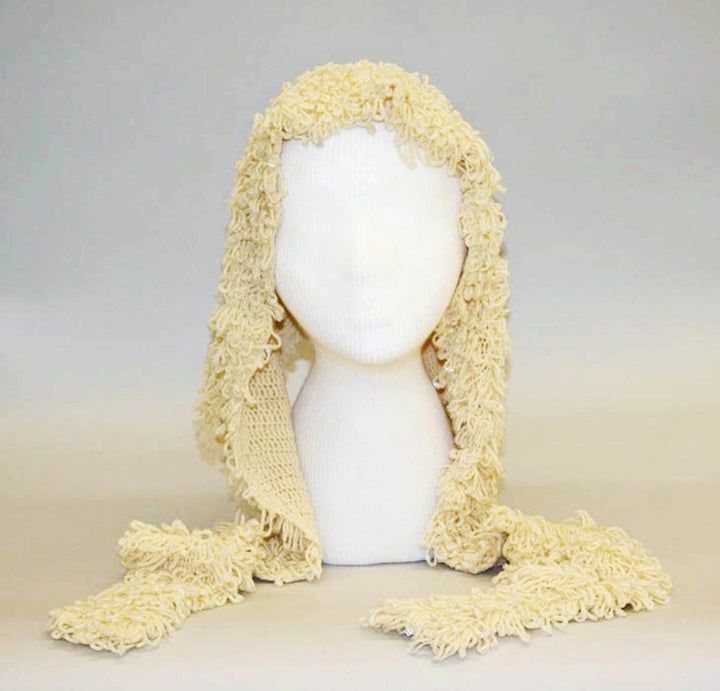
Courtesy of The Metropolitan Museum of Art
According to the Encyclopedia Britannica, this type of fascinator, which was worn in the 19th century, "added a bit of seductive mystery to decorous Victorian fashion." The headpiece, which was also sometimes called a "cloud," was generally made of wool. By the 1930s, the word fascinator had evolved to describe a lacy hood, but eventually the term just faded from use, the encyclopedia notes.
The 1940s saw the rise of "doll hats," a close relative to fascinators as we know them today. Doll hats gained popularity among American and European women, the latter of whom saw the whimsical, oft-ridiculous headpieces as a symbol of defiance against the austerity of Nazi occupation, Allure notes.
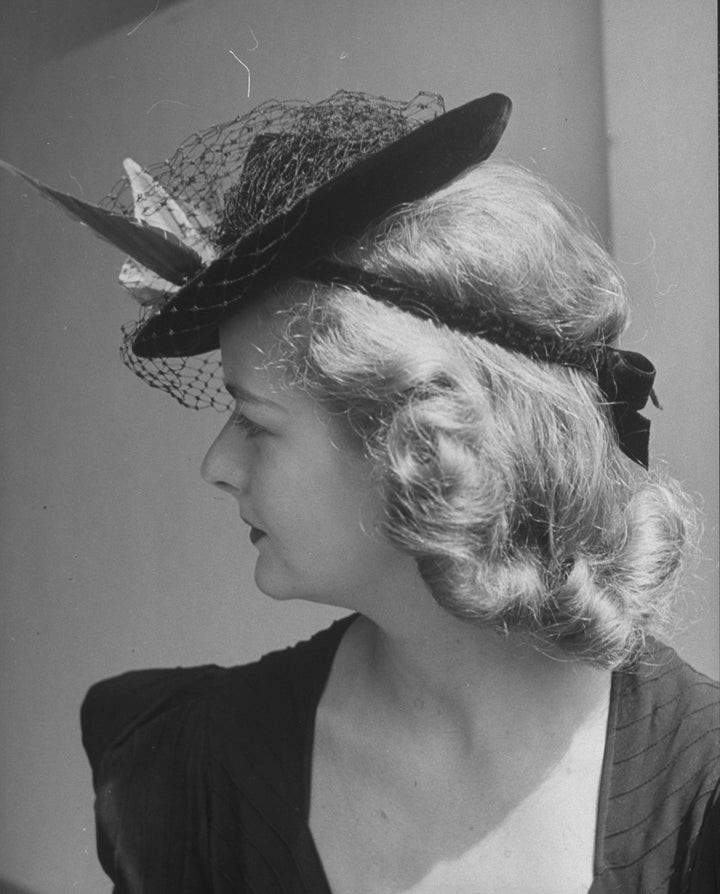
Alfred Eisenstaedt via Getty Images
Modern fascinators are most strongly linked to the cocktail hats that women wore in the 1950s and 1960s, according to the Encyclopedia Britannica. Cocktail hats consisted of some sort of decorative element, whether it be feathers or a netted veil, affixed to a comb that could be inserted into a woman's hair in a way that wouldn't ruin her hairstyle. Unlike typical structured hats, cocktail hats generally didn't have brims.
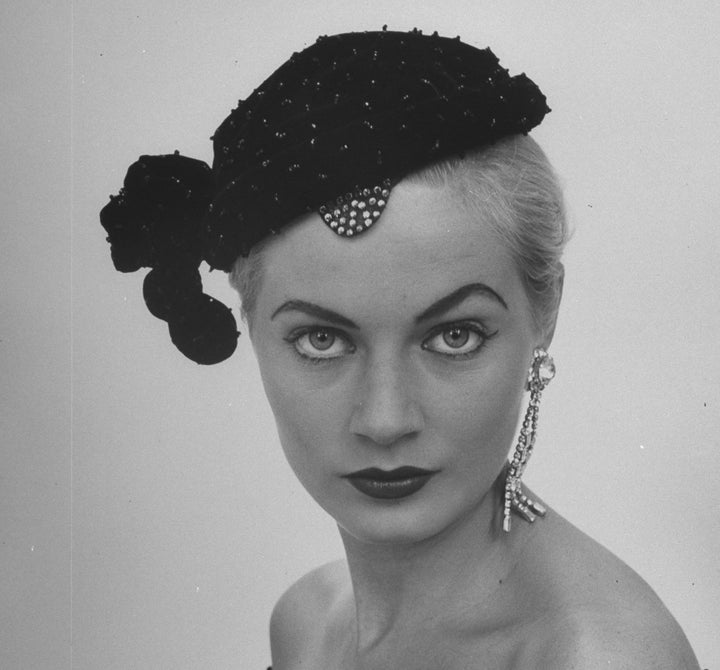
Lisa Larsen via Getty Images
During the 1970s and 1980s, fascinators began popping up among fashion's elite and on high fashion runways, largely thanks to Stephen Jones and Philip Treacy, both of whom have created fascinators for members of the British royal family. (Remember that outrageous fascinator Princess Beatrice wore for the Duke and Duchess of Cambridge's wedding? That was the work of Treacy.) Aside from royal weddings, fascinators and decorative hats are also common at horse racing events such as the Royal Ascot and the Kentucky Derby.
Now, it's only fitting to look back at royal headwear through the years:
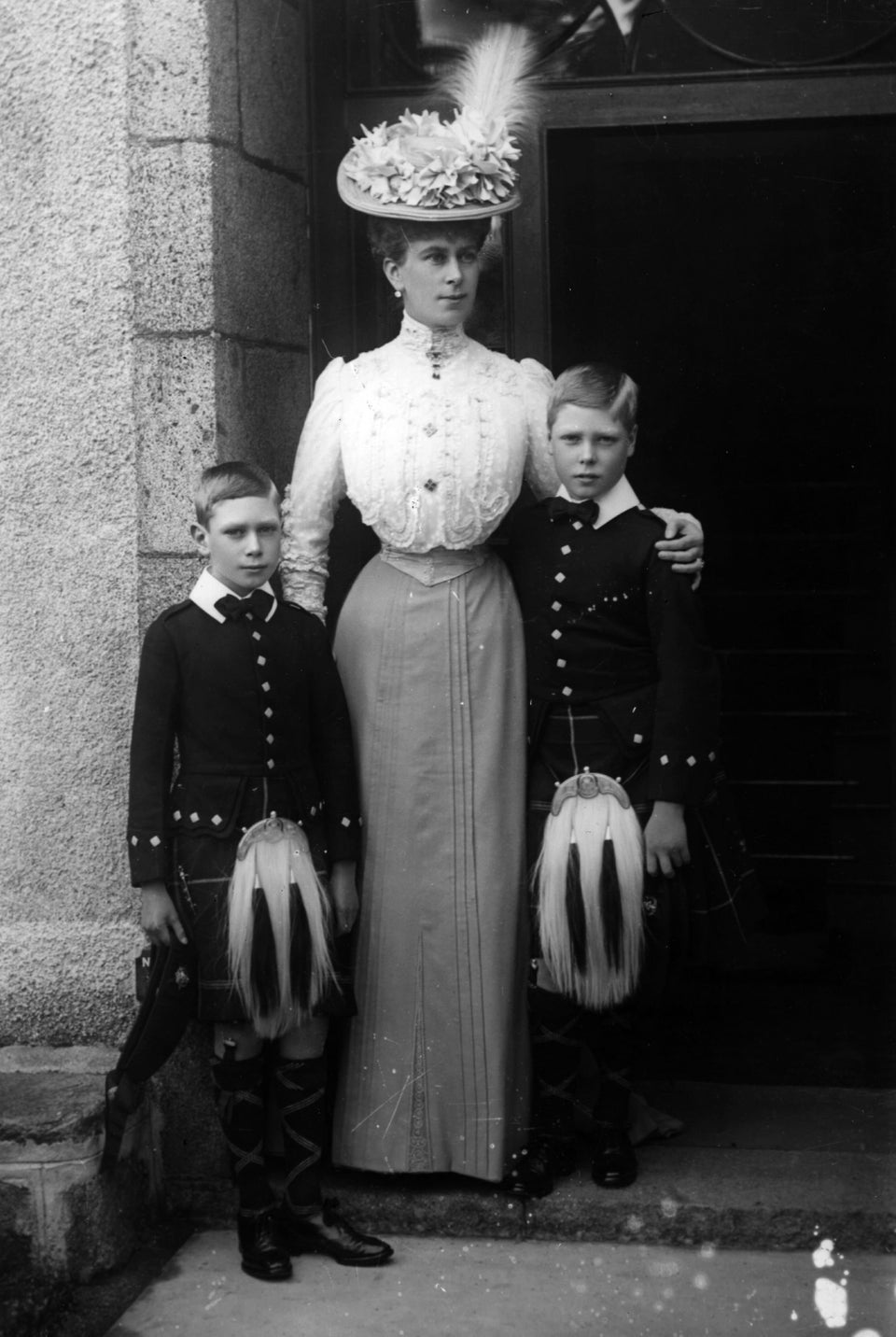
W. and D. Downey via Getty Images
The Duchess of York, later Queen Mary, with her children Prince Edward, later the Duke of Windsor (right), and Prince Albert, later King George VI, in 1906.
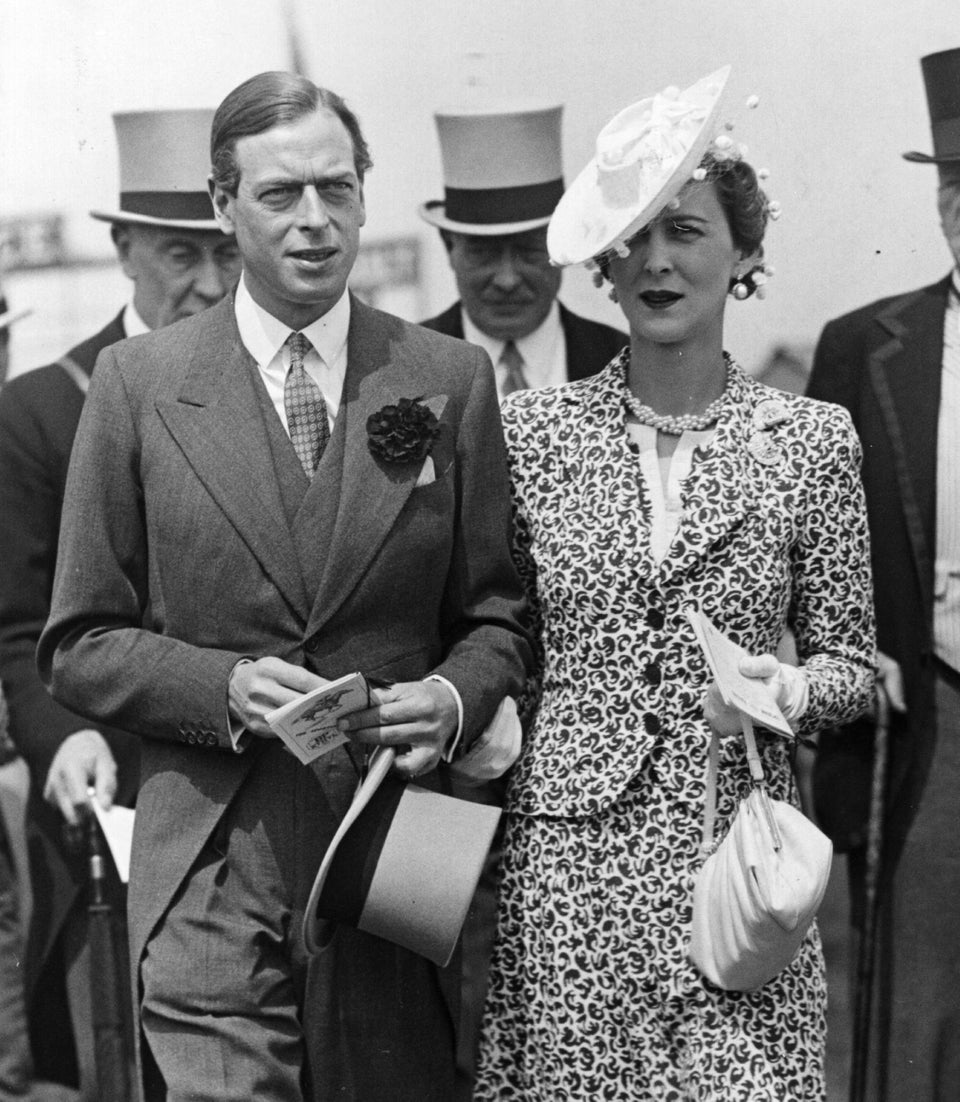
Davis via Getty Images
The Duke of Kent, younger son of King George V and Queen Mary, at Epsom races for the Derby stakes on May 24, 1939. He is with his wife, Marina, Duchess of Kent, who was the daughter of Prince Nicholas of Greece.

Jeremy Fletcher via Getty Images
Princess Anne at Horse Trials with members of the Royal Canadian Mounted Police in the U.K., 1968.
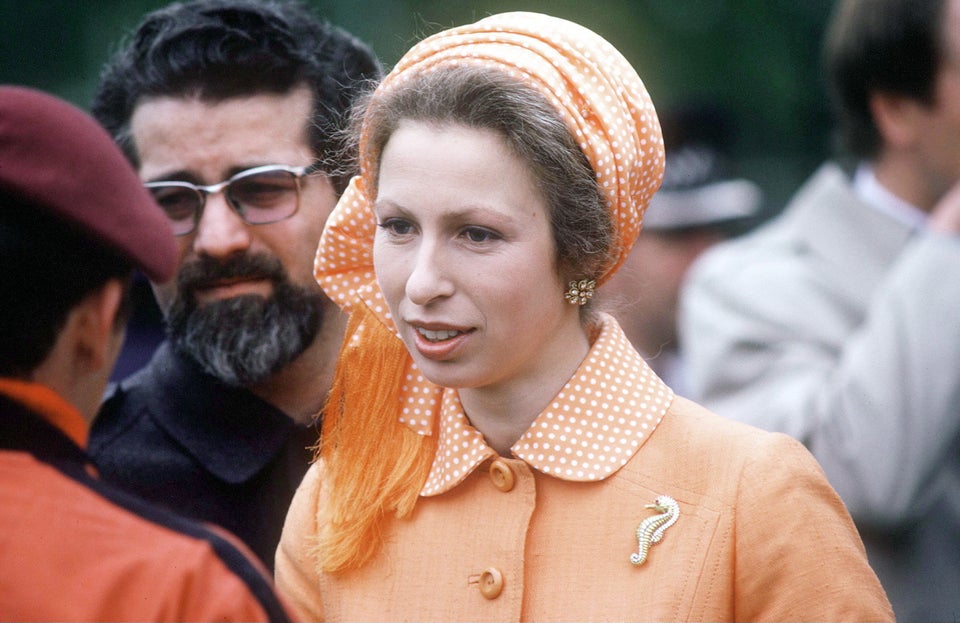
Tim Graham via Getty Images
Princess Anne At The Great Children's Party In Hyde Park, London, 1979.
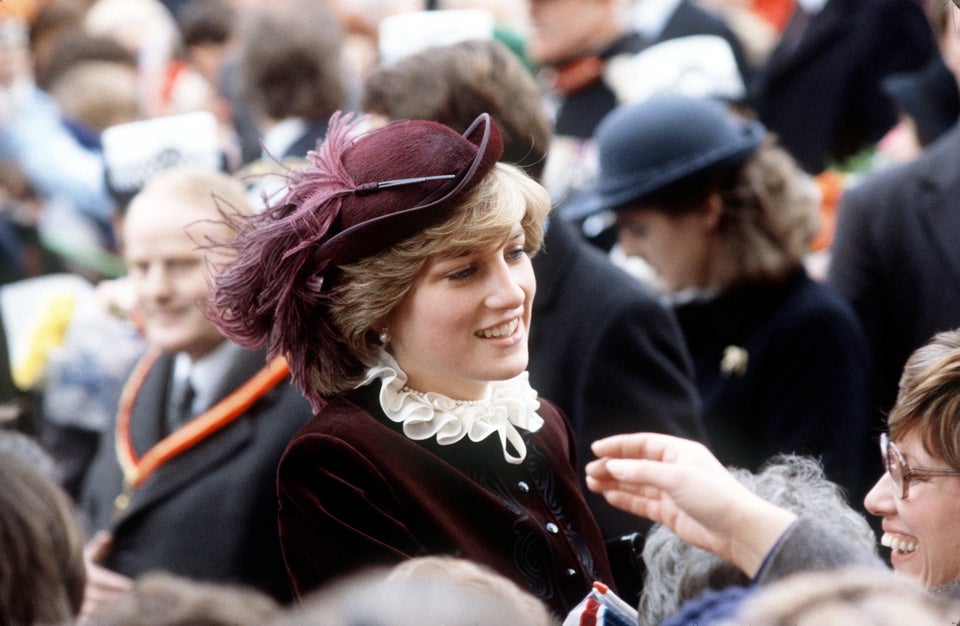
Tim Graham via Getty Images
Princess Diana greets people in Wales, 1981.
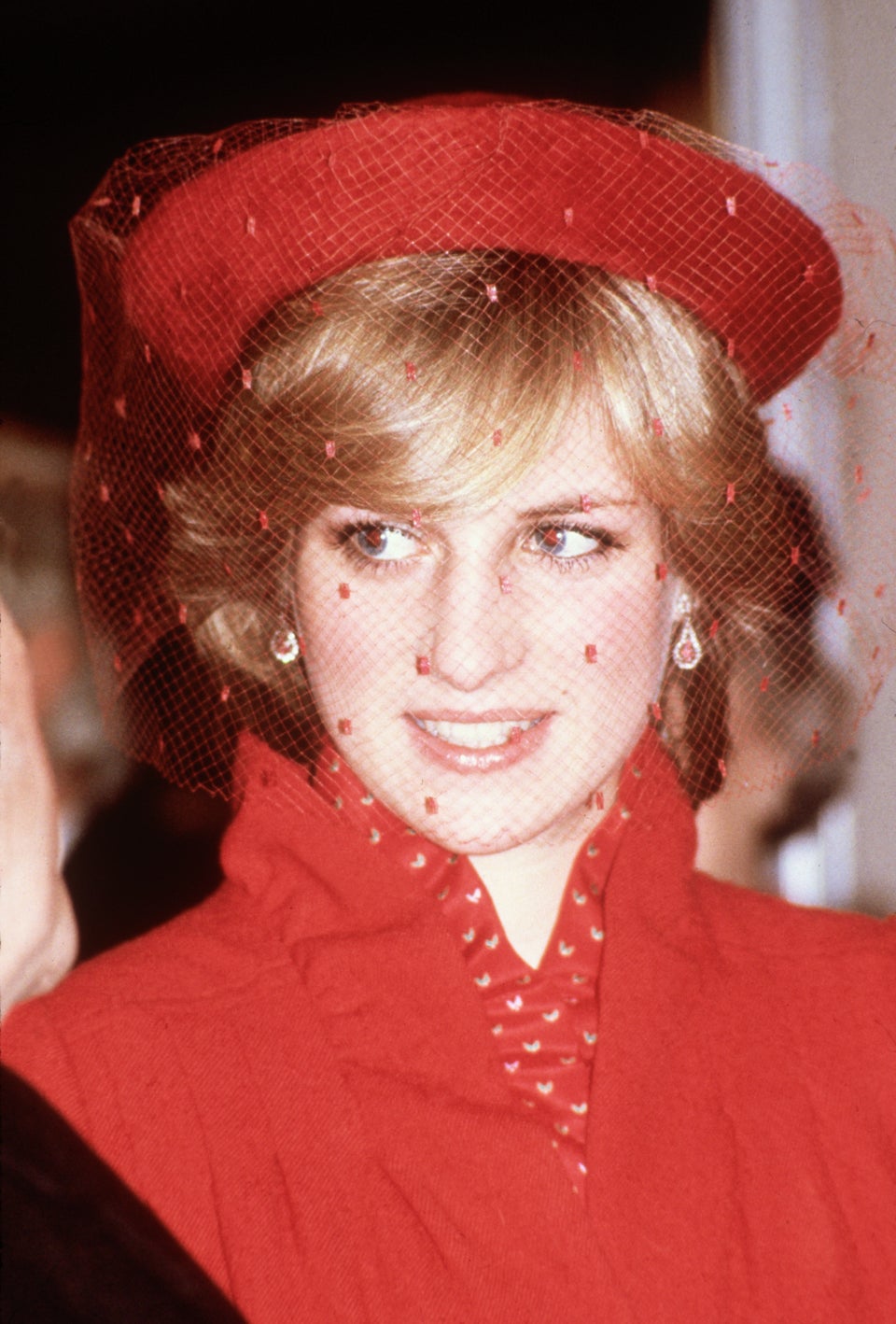
David Levenson via Getty Images
Diana, Princess of Wales, during a visit to Guildford Cathedral on Dec. 21, 1981.
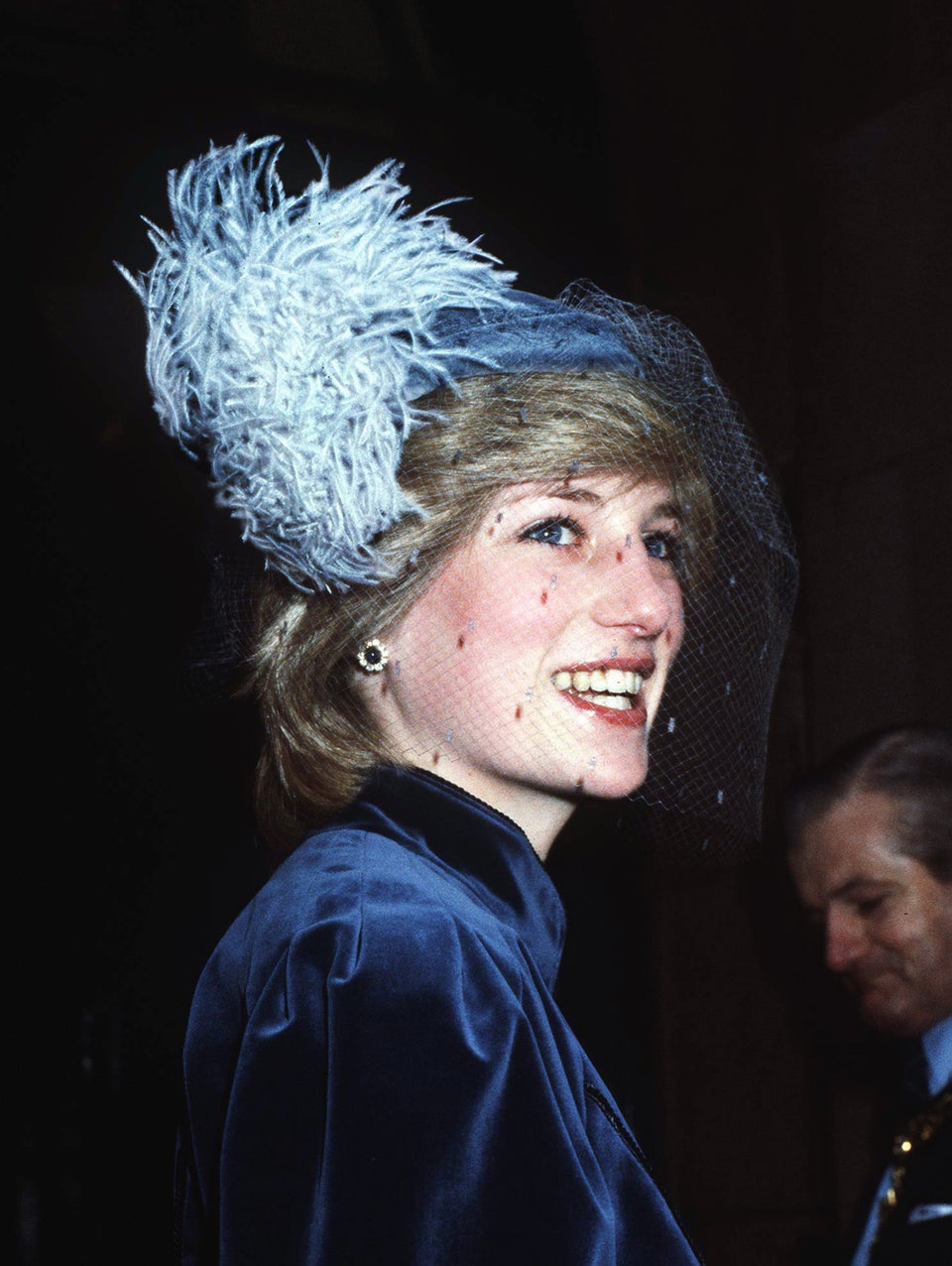
Princess Diana Archive via Getty Images
Diana, Princess of Wales, visits University College Hospital in London in December 1982. She wears a John Boyd hat and a velvet suit by Caroline Charles.
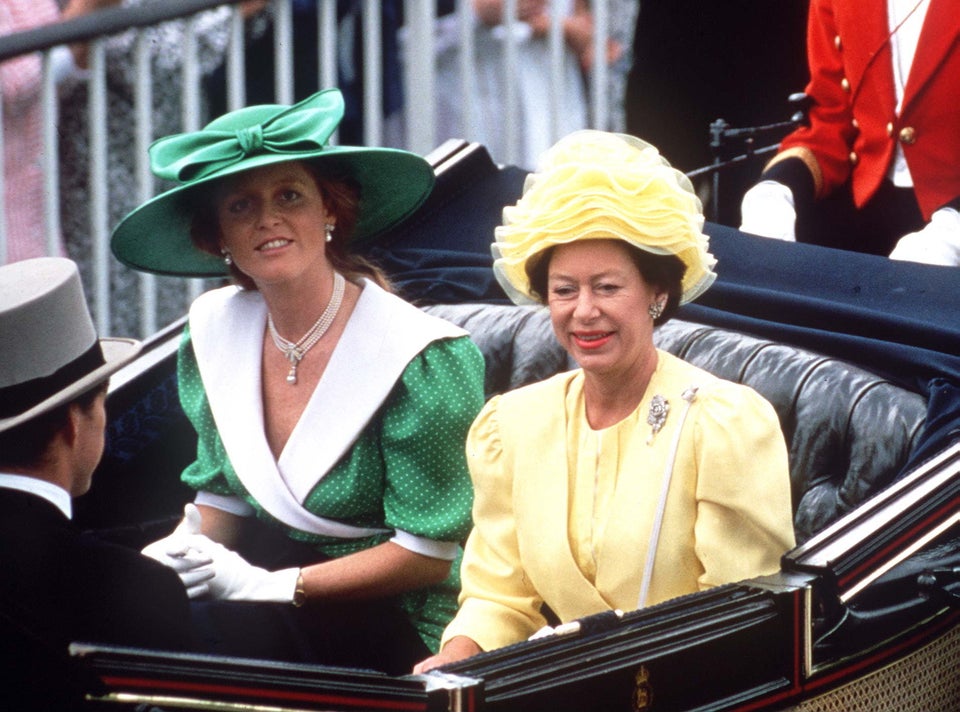
Tim Graham via Getty Images
Sarah, Duchess of York, and Princess Margaret attend Ascot in 1987.
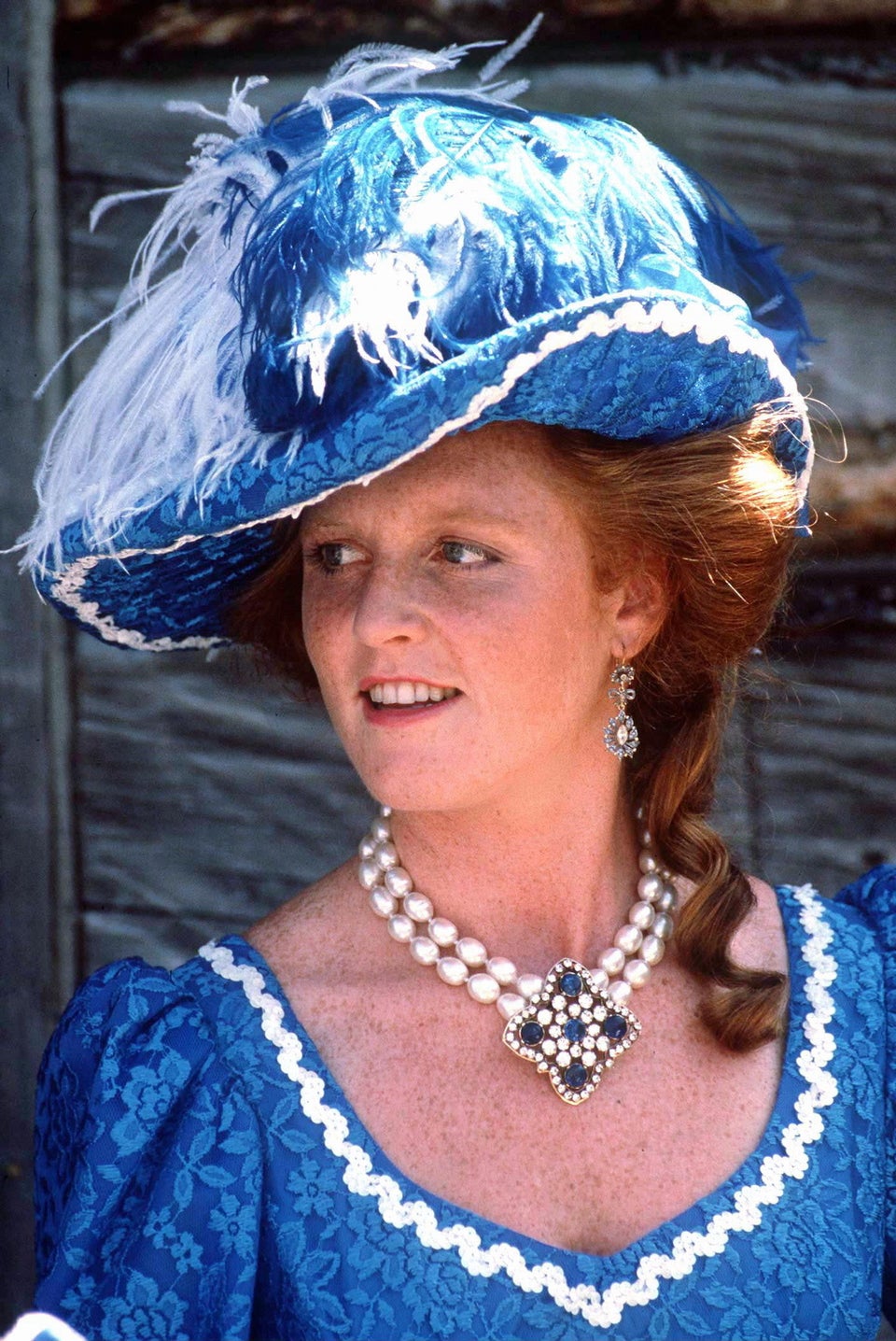
Tim Graham via Getty Images
Sarah, Duchess of York, wears a large blue and white hat during a visit to Fort Edmonton, Canada, in July 1987.
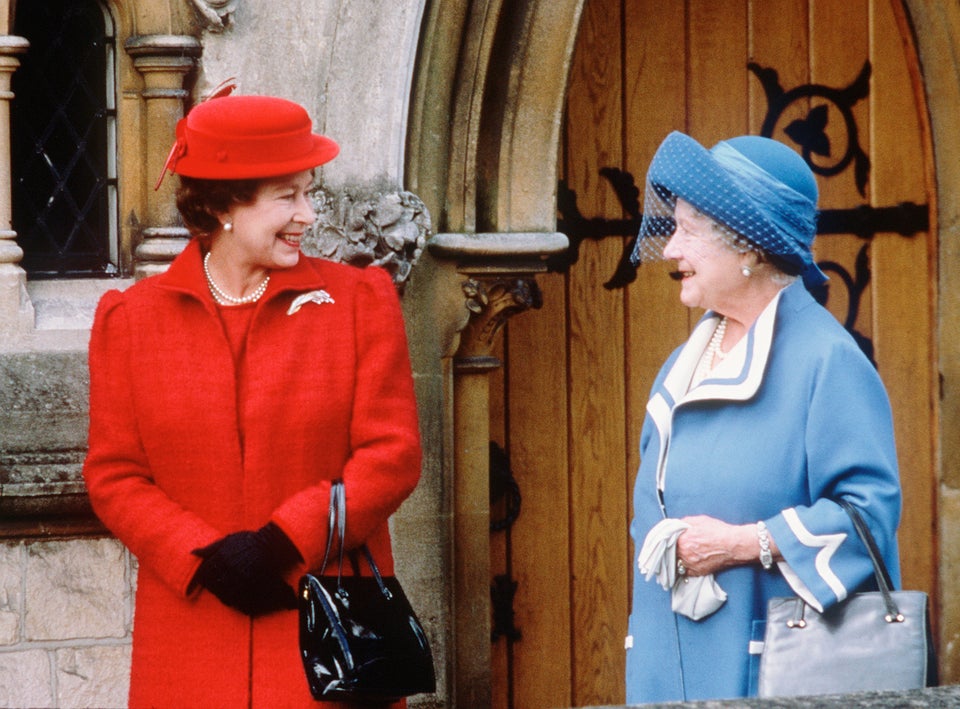
Anwar Hussein via Getty Images
Queen Elizabeth II and the Queen Mother at All Saints Church in Windsor, 1987.

Tim Graham via Getty Images
Princess Beatrice of York rides in the carriage procession at Trooping the Colour on June 16, 2007, in London.
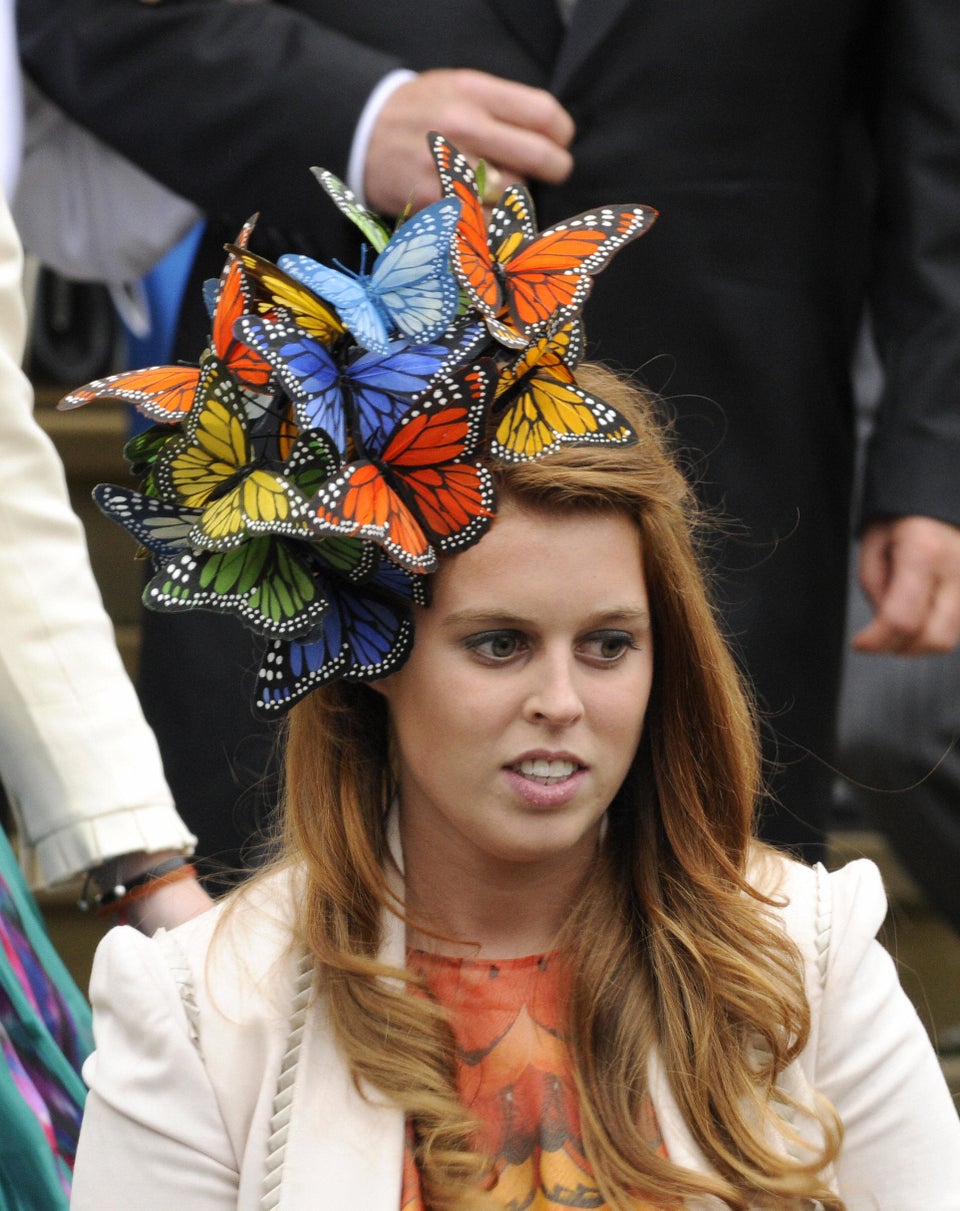
AFP via Getty Images
Princess Beatrice attends the wedding of Peter Phillips to Autumn Kelly at St. George's Chapel in Windsor on May 17, 2008.
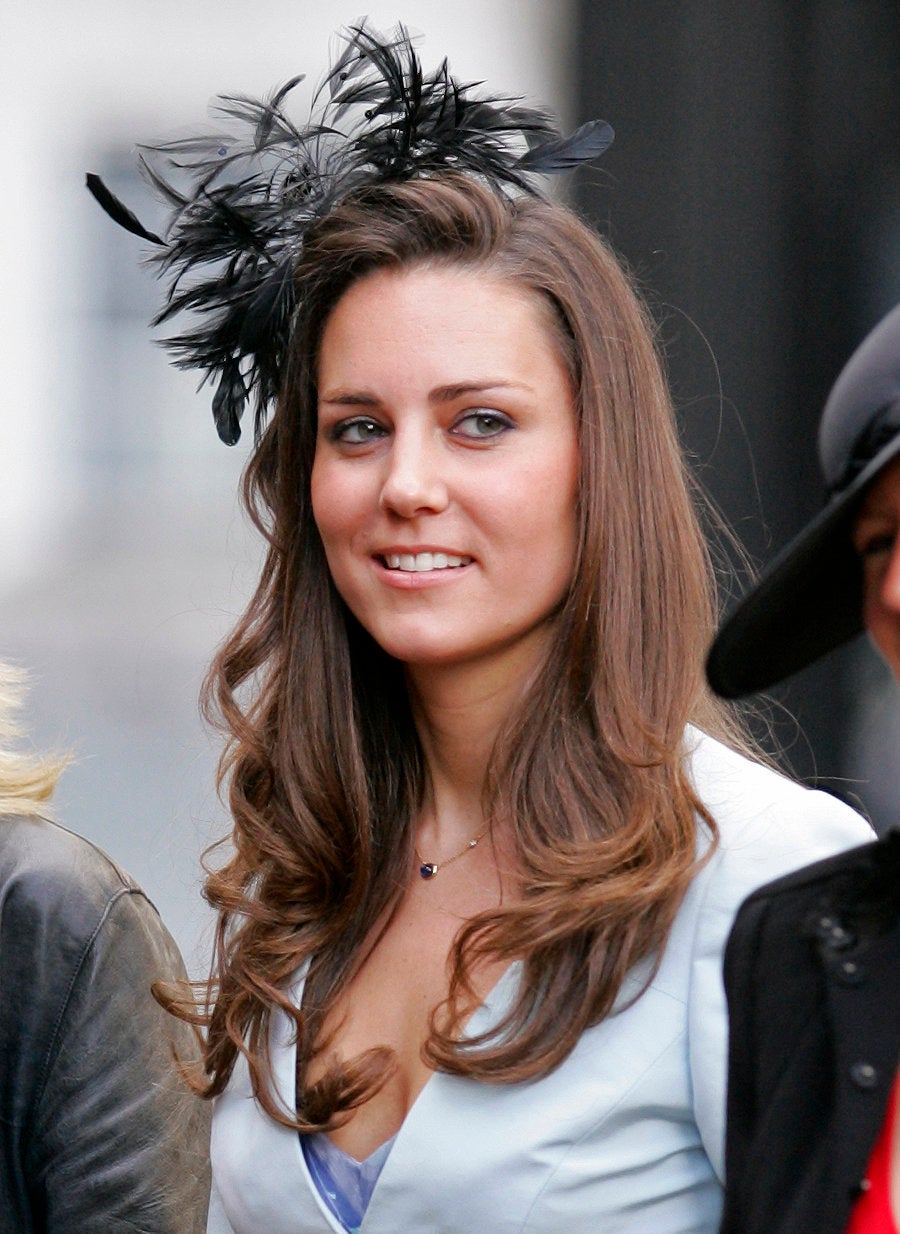
Max Mumby/Indigo via Getty Images
Kate Middleton attends the wedding of Lady Rose Windsor and George Gilman at The Queen's Chapel, St. James' Palace, on July 19, 2008, in London.
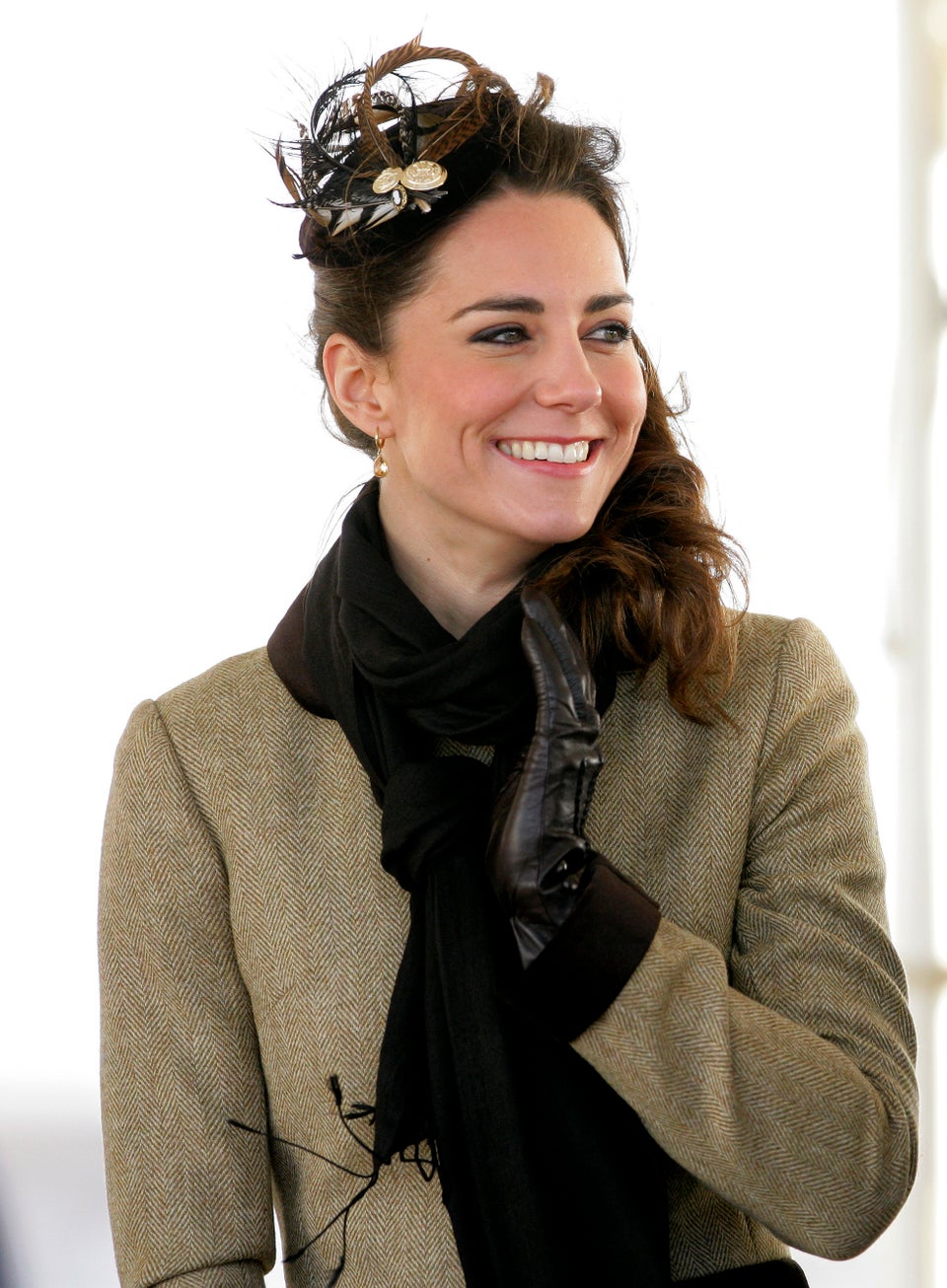
Max Mumby/Indigo via Getty Images
The future Duchess of Cambridge at the Naming Ceremony and Service of Dedication for the Atlantic 85 Lifeboat "Hereford Endeavour" at Trearddur Bay Lifeboat Station at Anglesey on Feb. 24, 2011, in Bangor, Wales.
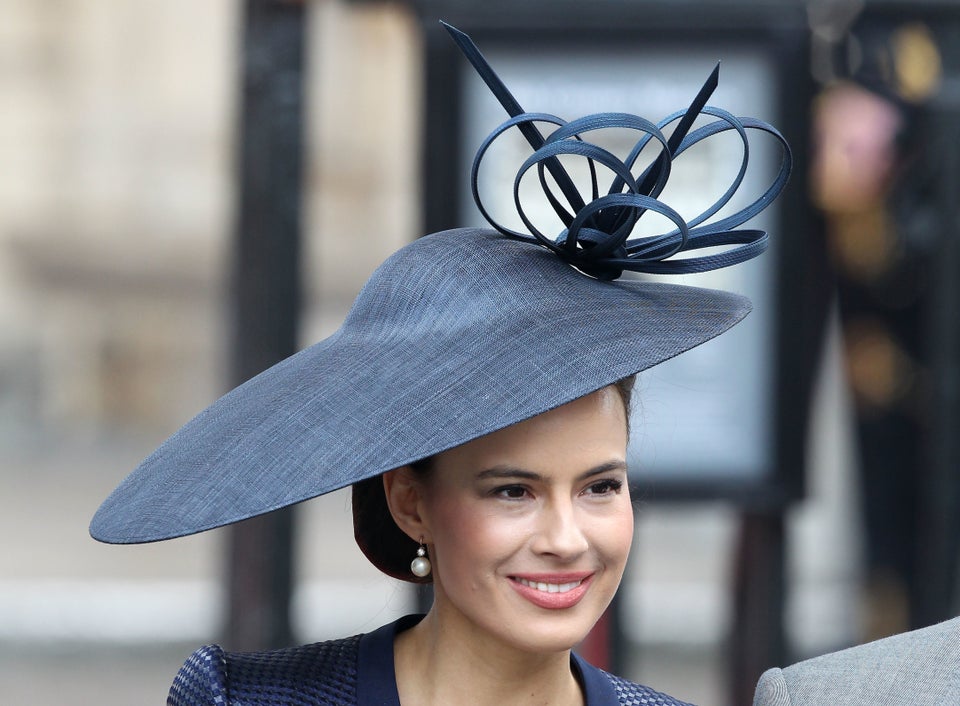
Chris Jackson via Getty Images
Sophie Winkleman, Lady Frederick Windsor, exits following the marriage of Prince William, Duke of Cambridge, and Catherine, Duchess of Cambridge, at Westminster Abbey on April 29, 2011, in London.
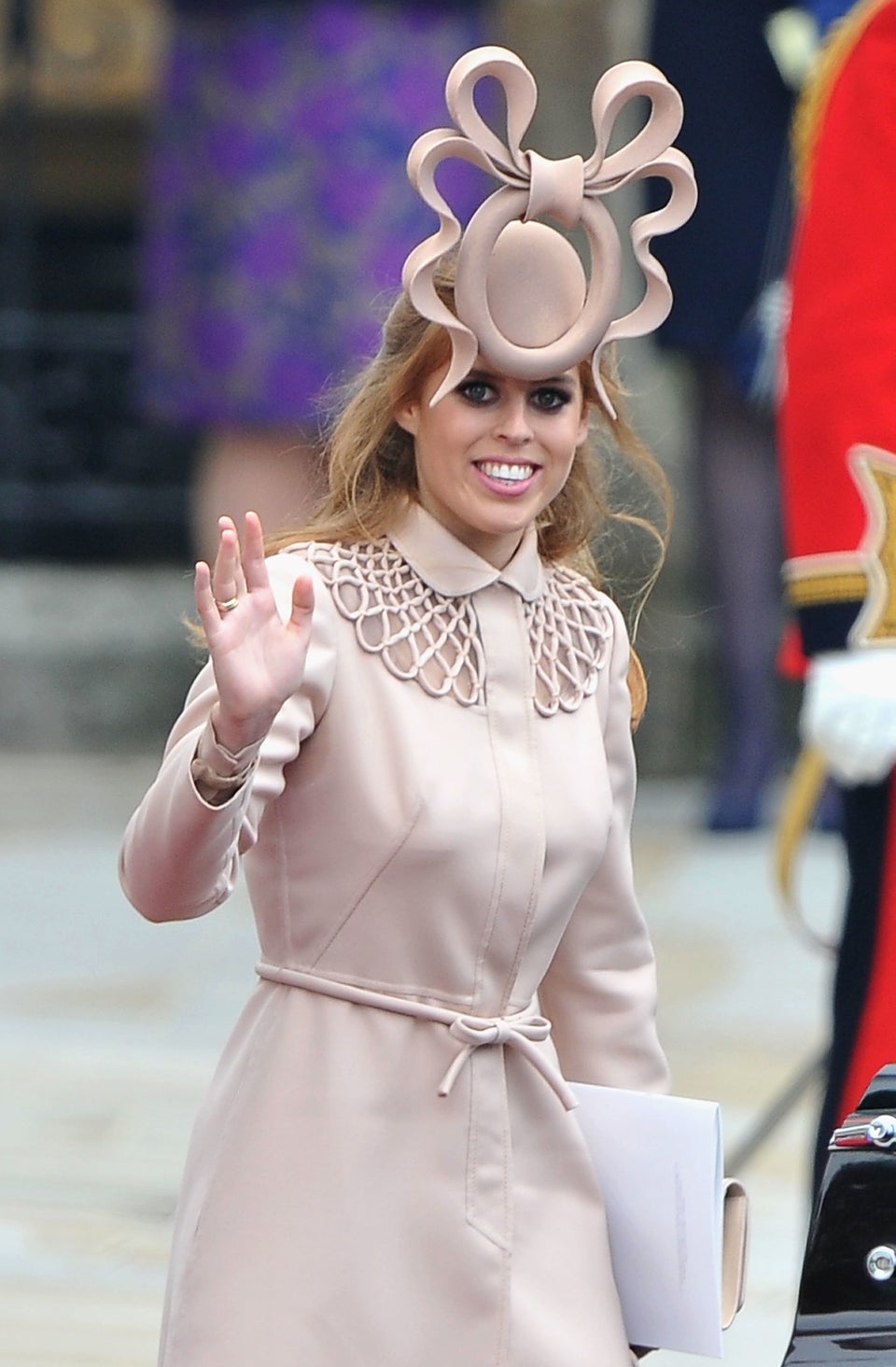
Getty Images
Princess Beatrice leaves Westminster Abbey following the marriage of the Duke and Duchess of Cambridge on April 29, 2011.
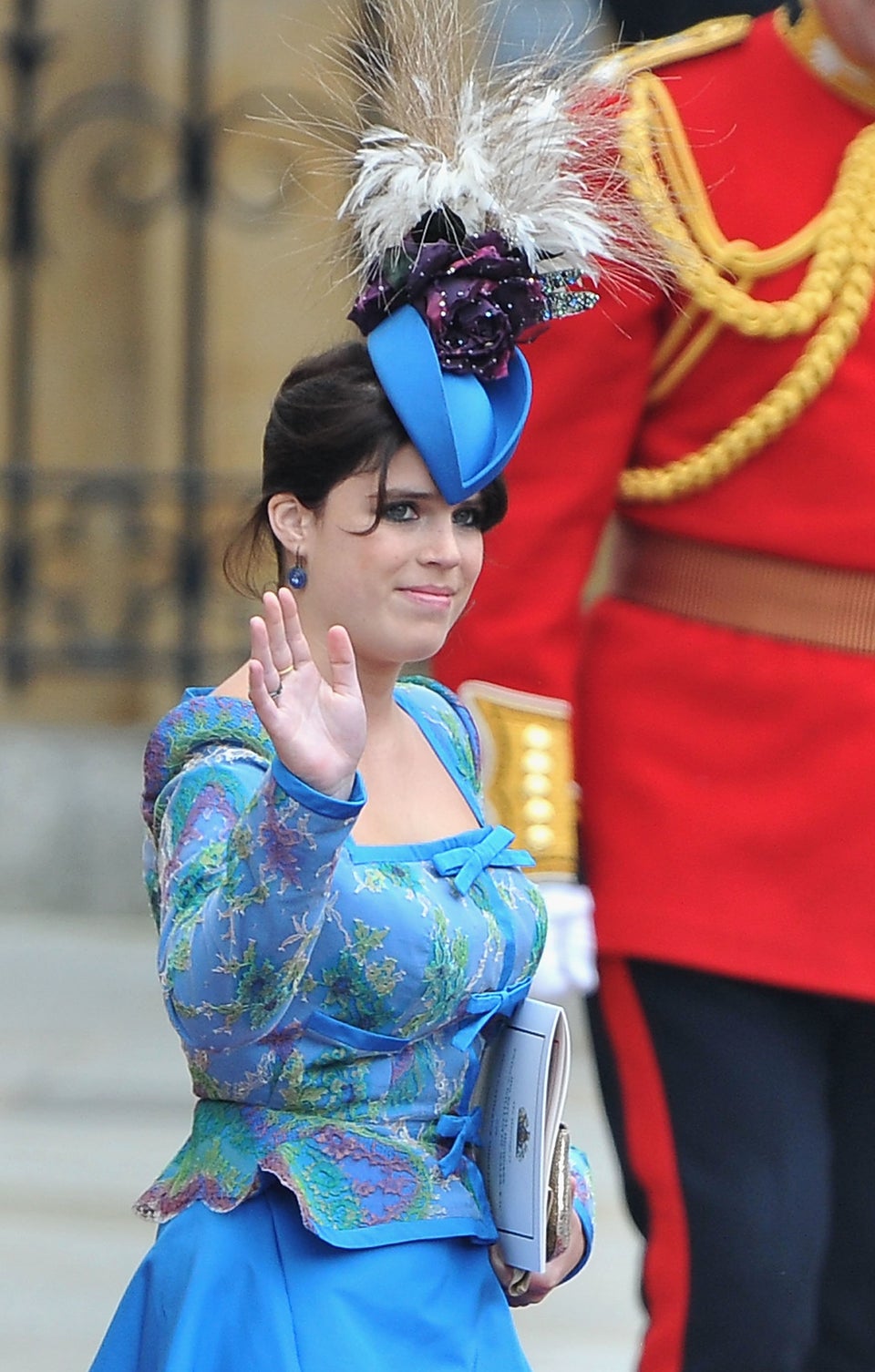
Pascal Le Segretain via Getty Images
Princess Eugenie of York leaves Westminster Abbey following the marriage of the Duke and Duchess of Cambridge on April 29, 2011.
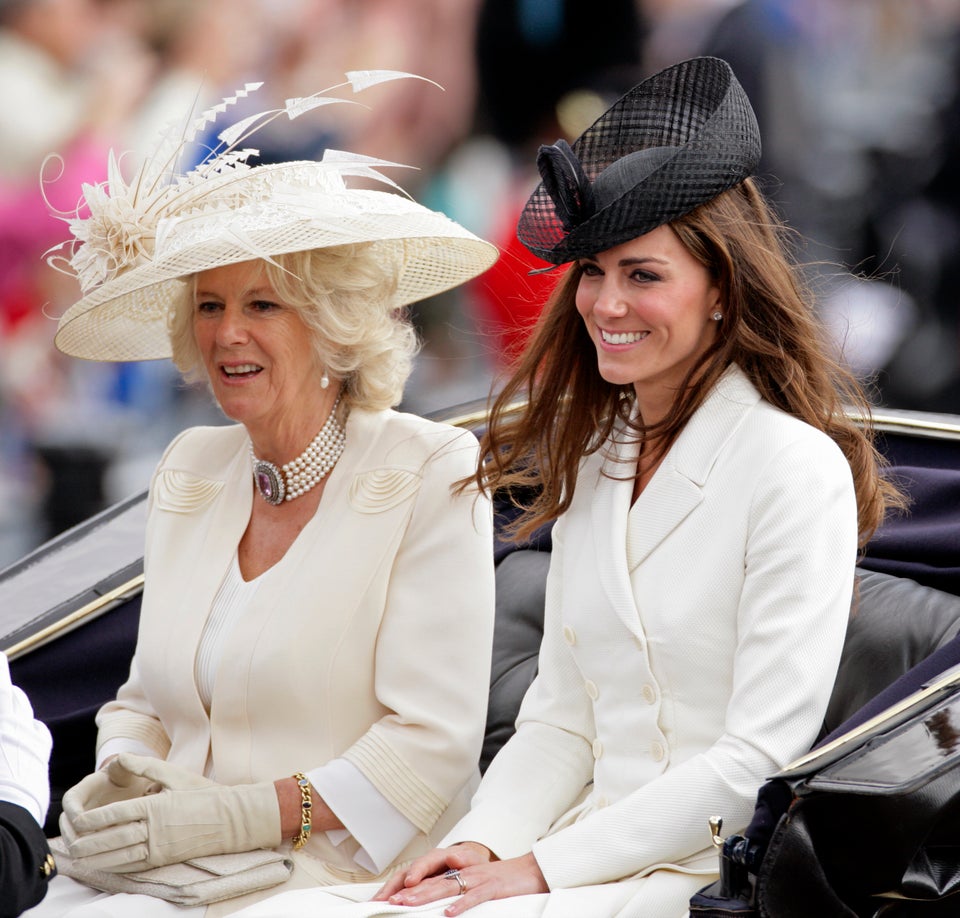
Max Mumby/Indigo via Getty Images
Camilla, Duchess of Cornwall, and Catherine, Duchess of Cambridge, travel down The Mall in a horse-drawn carriage as they attend the Trooping the Color parade on June 11, 2011, in London.
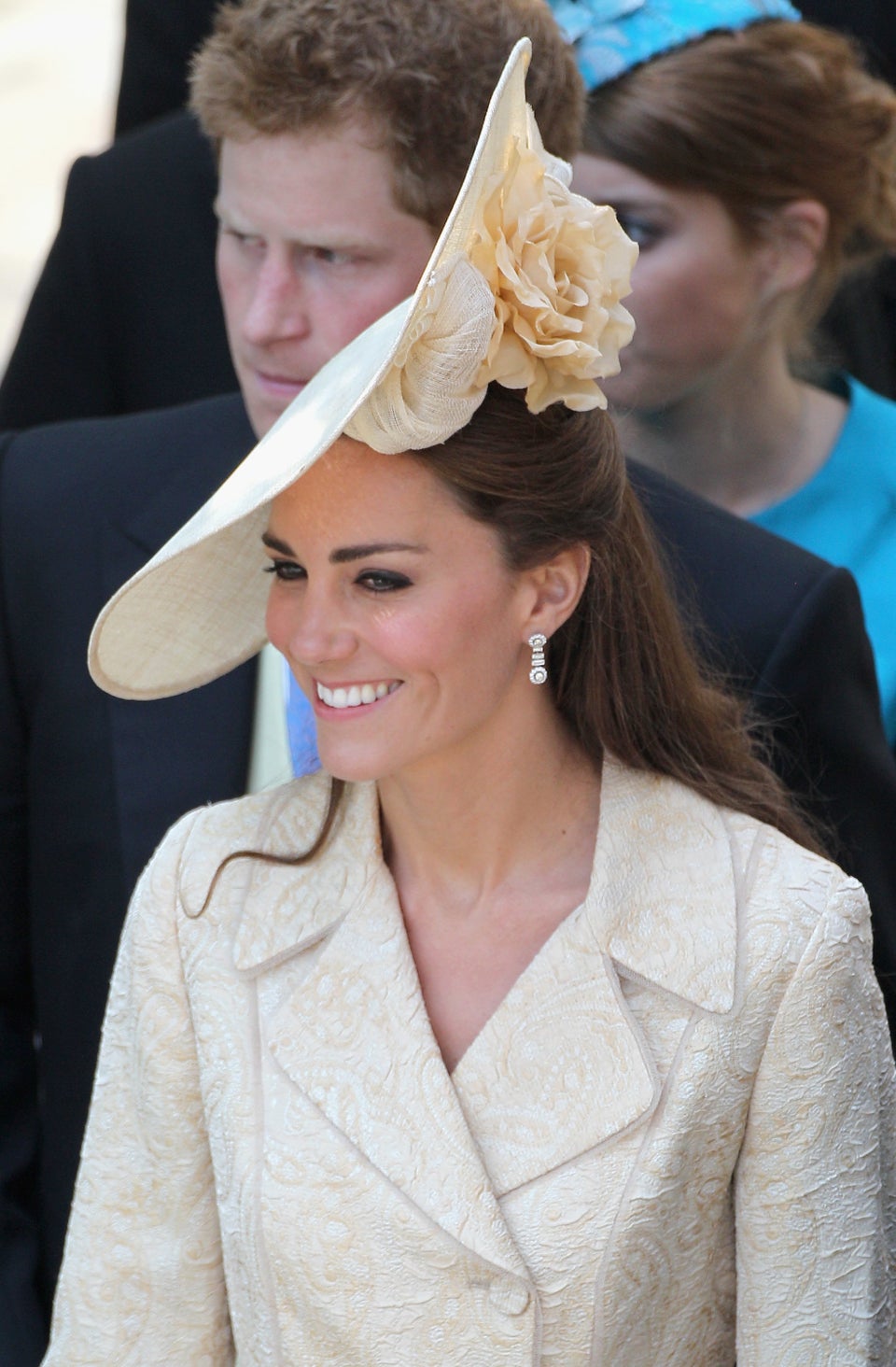
Chris Jackson PT via Getty Images
The Duchess of Cambridge leaves Canongate Kirk on the afternoon of the wedding of Mike Tindall and Zara Philips on July 30, 2011, in Edinburgh, Scotland.
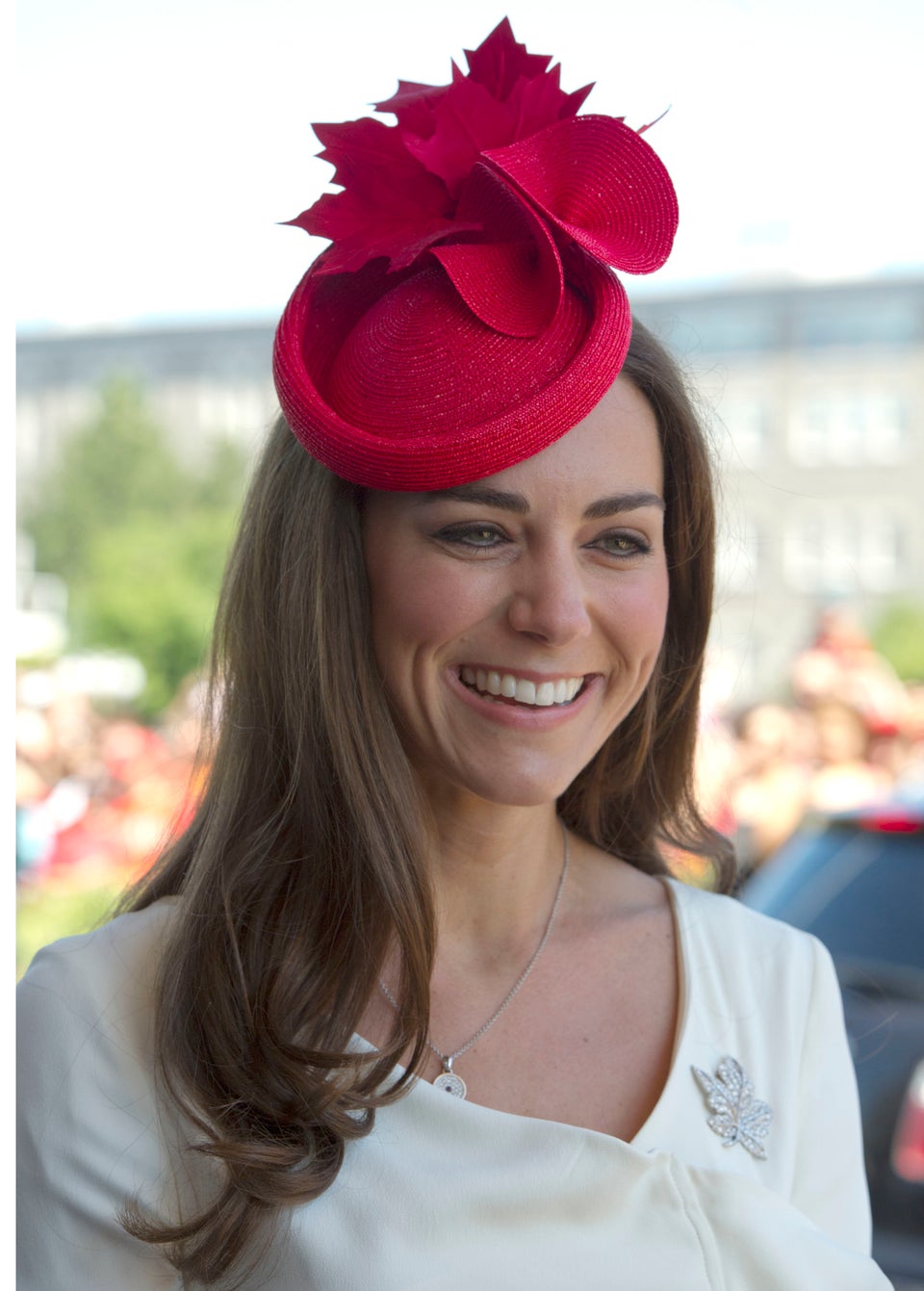
Pool via Getty Images
The Duchess of Cambridge visits the Canadian Museum of Civilization to attend a citizenship ceremony on July 1, 2011, in Gatineau, Canada.
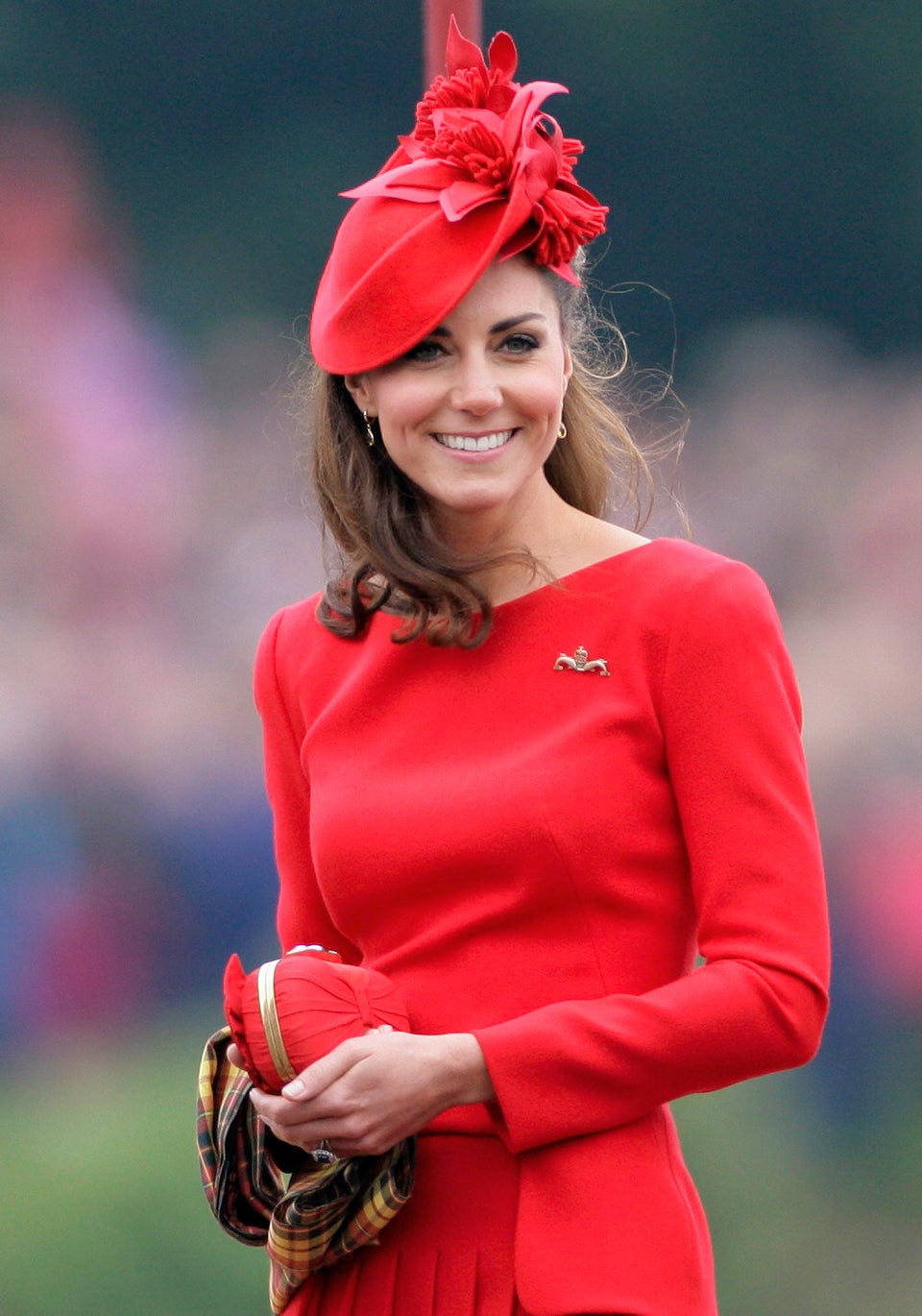
Max Mumby/Indigo via Getty Images
The Duchess of Cambridge on board the Royal Barge "Spirit of Chartwell" during the Diamond Jubilee Thames River Pageant on June 3, 2012, in London.
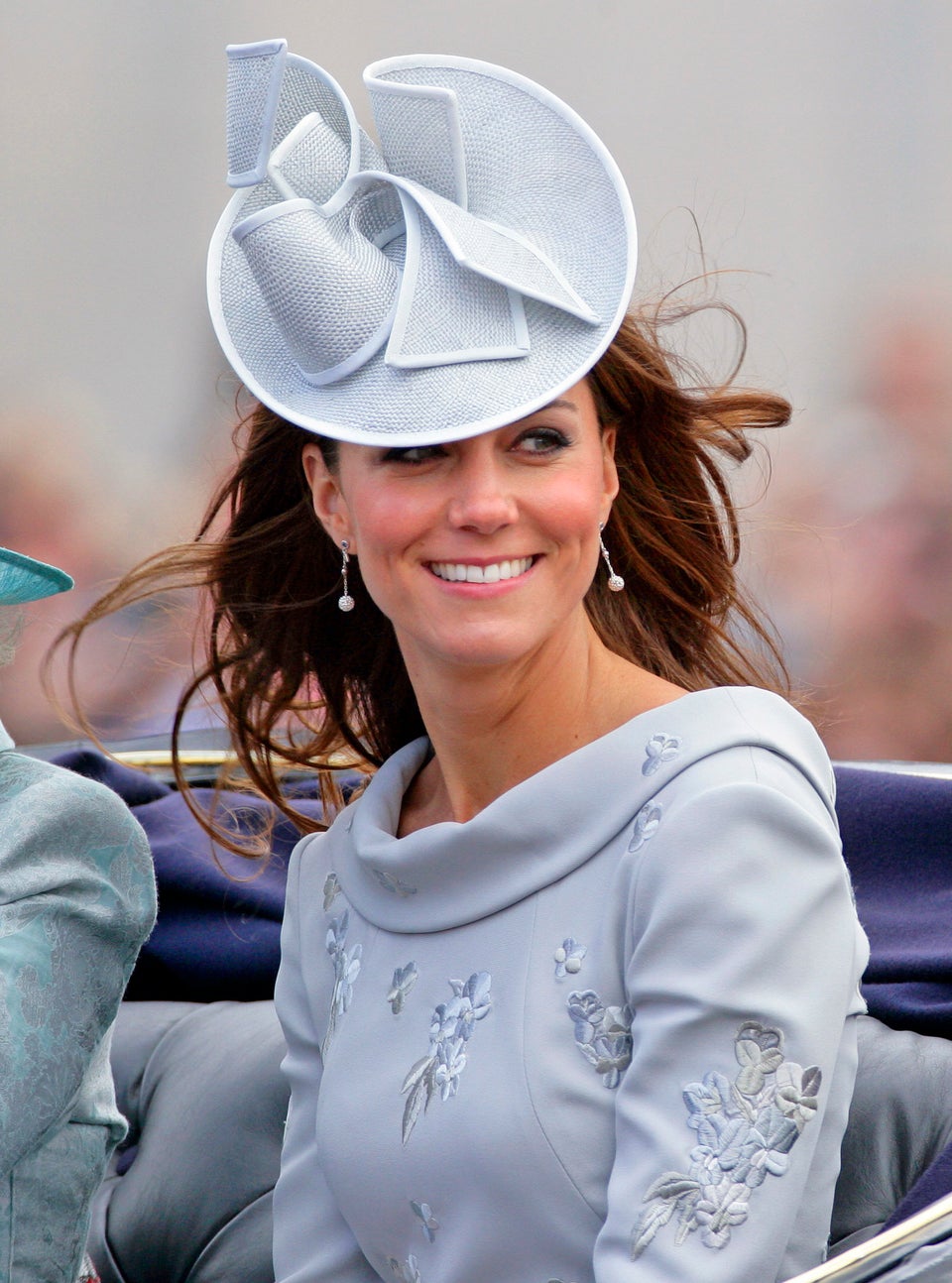
Max Mumby/Indigo via Getty Images
The Duchess of Cambridge travels in a horse-drawn carriage down The Mall during the annual Trooping the Color ceremony on June 16, 2012, in London.
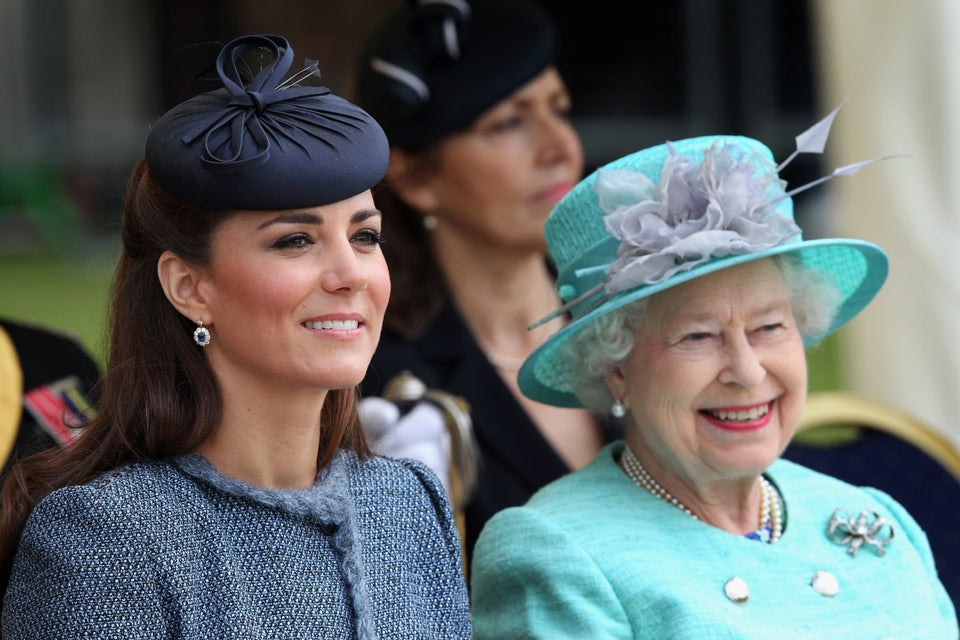
Chris Jackson via Getty Images
The Duchess of Cambridge and Queen Elizabeth II smile as they visit Vernon Park during a Diamond Jubilee visit to Nottingham on June 13, 2012.
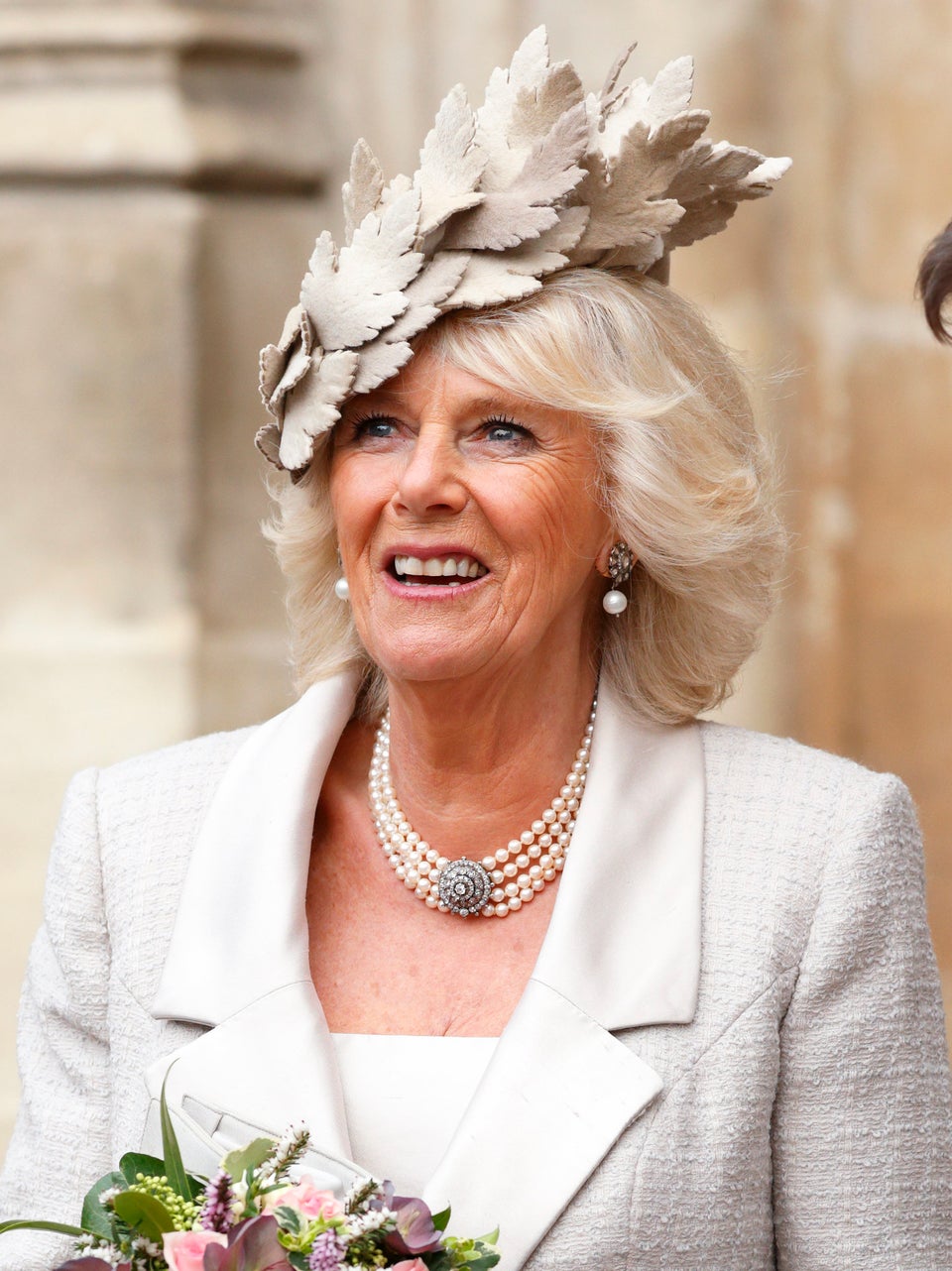
Max Mumby/Indigo via Getty Images
Camilla, Duchess of Cornwall, attends the Commonwealth Observance Service at Westminster Abbey on March 10, 2014, in London.
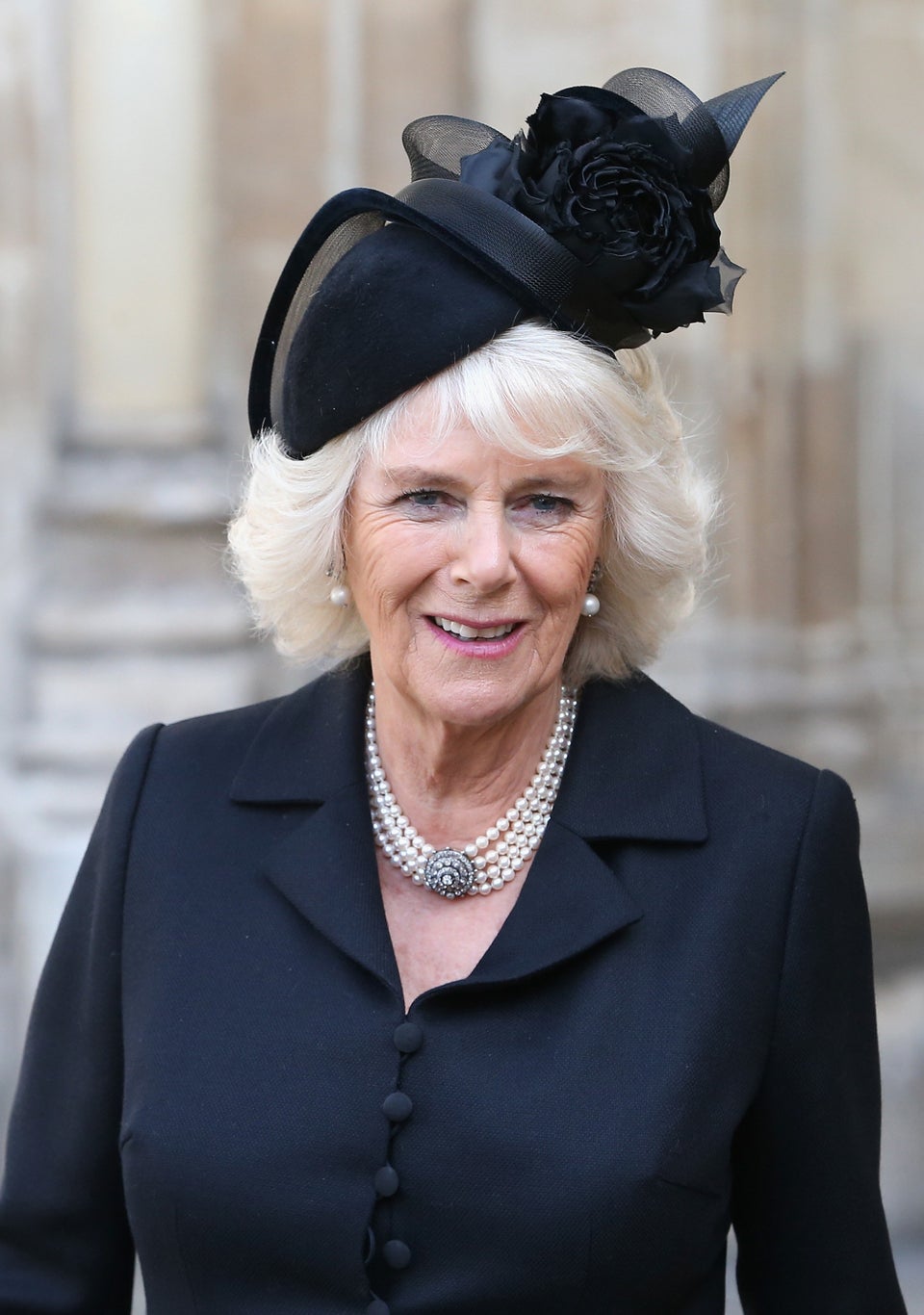
Chris Jackson via Getty Images
Camilla, Duchess of Cornwall, leaves a memorial service for Sir David Frost at Westminster Abbey on March 13, 2014, in London.
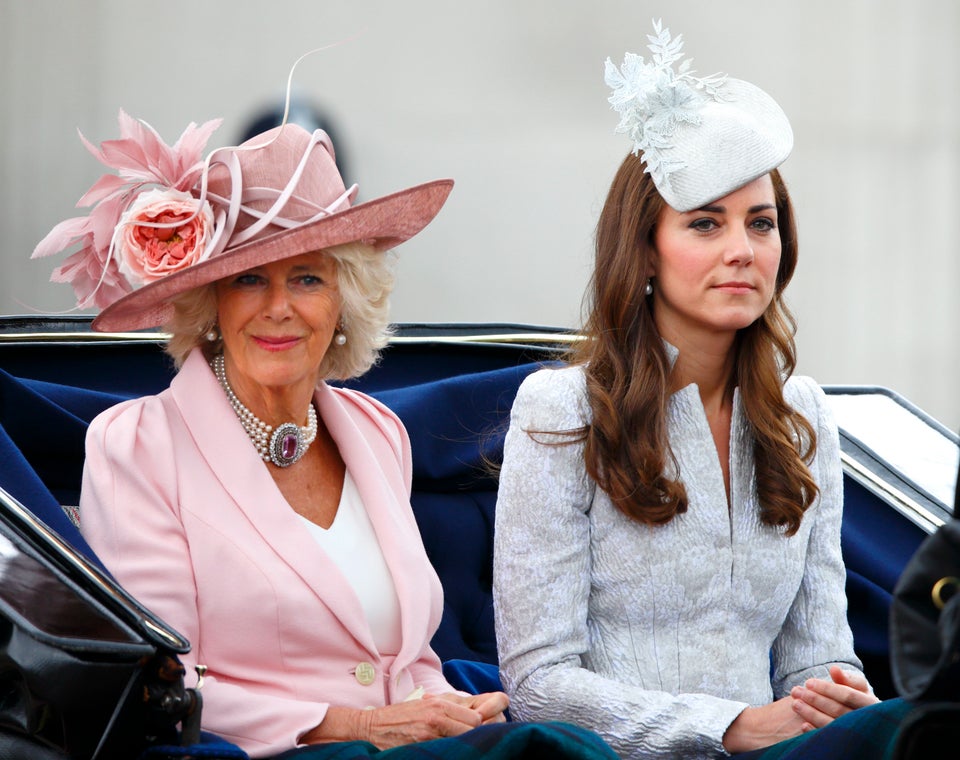
Max Mumby/Indigo via Getty Images
Camilla, Duchess of Cornwall, and Catherine, Duchess of Cambridge, travel down The Mall in a horse-drawn carriage during Queen Elizabeth II's Birthday Parade on June 14, 2014, in London.
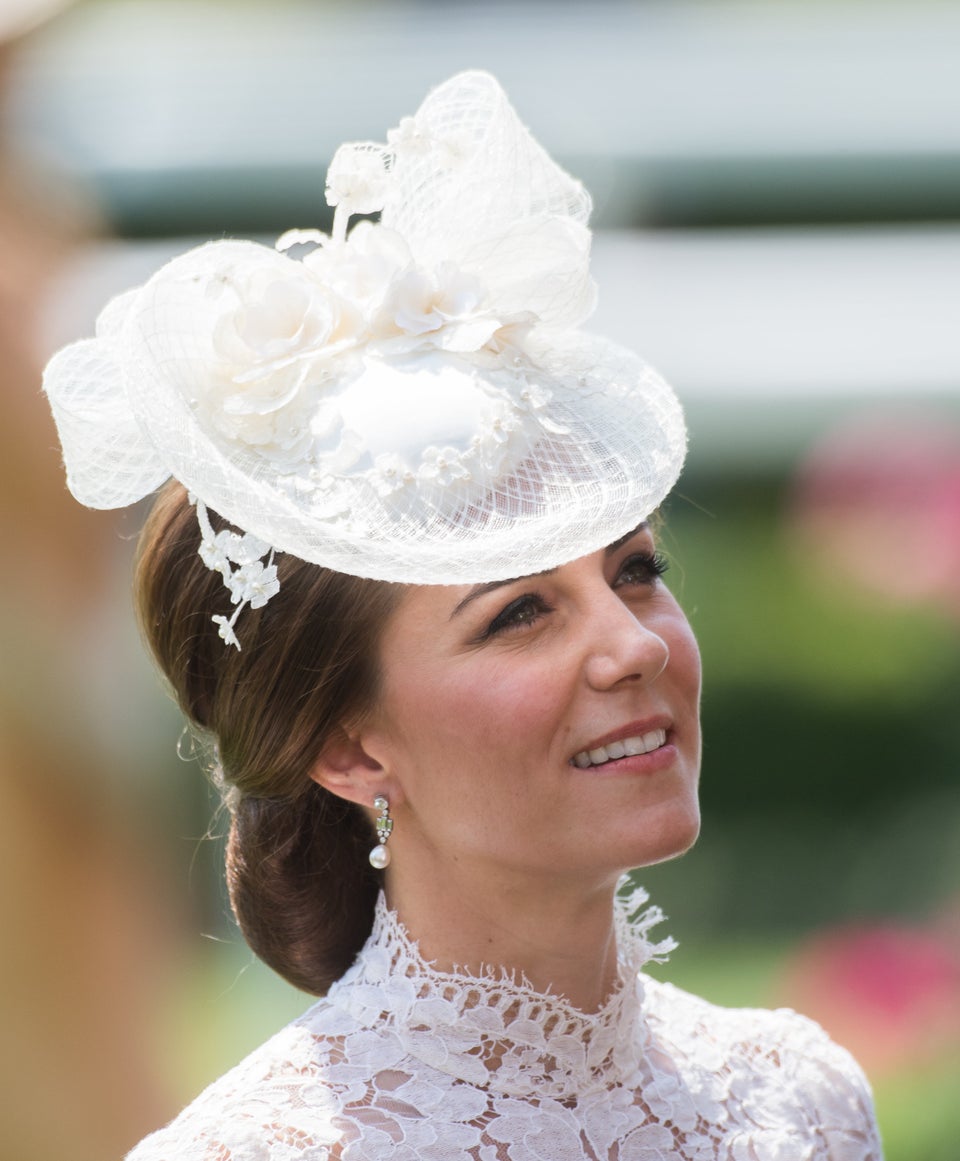
Samir Hussein via Getty Images
Catherine, Duchess of Cambridge, arrives by carriage at Royal Ascot on June 20, 2017, in Ascot, England.
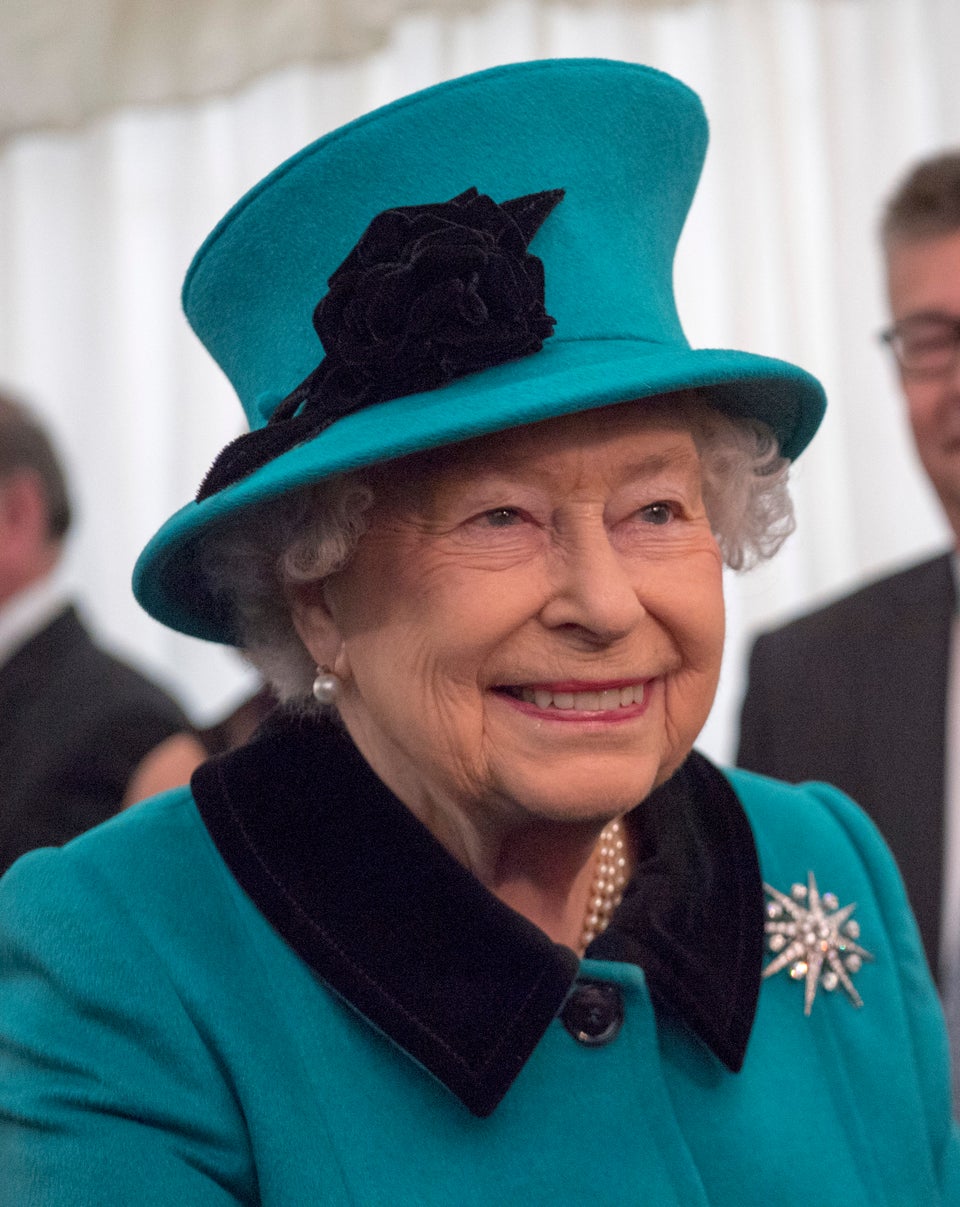
WPA Pool via Getty Images
Queen Elizabeth II visits HMS Sutherland on Oct. 23, 2017, at London's West India Dock as the ship celebrates the 20th anniversary of her commissioning it.
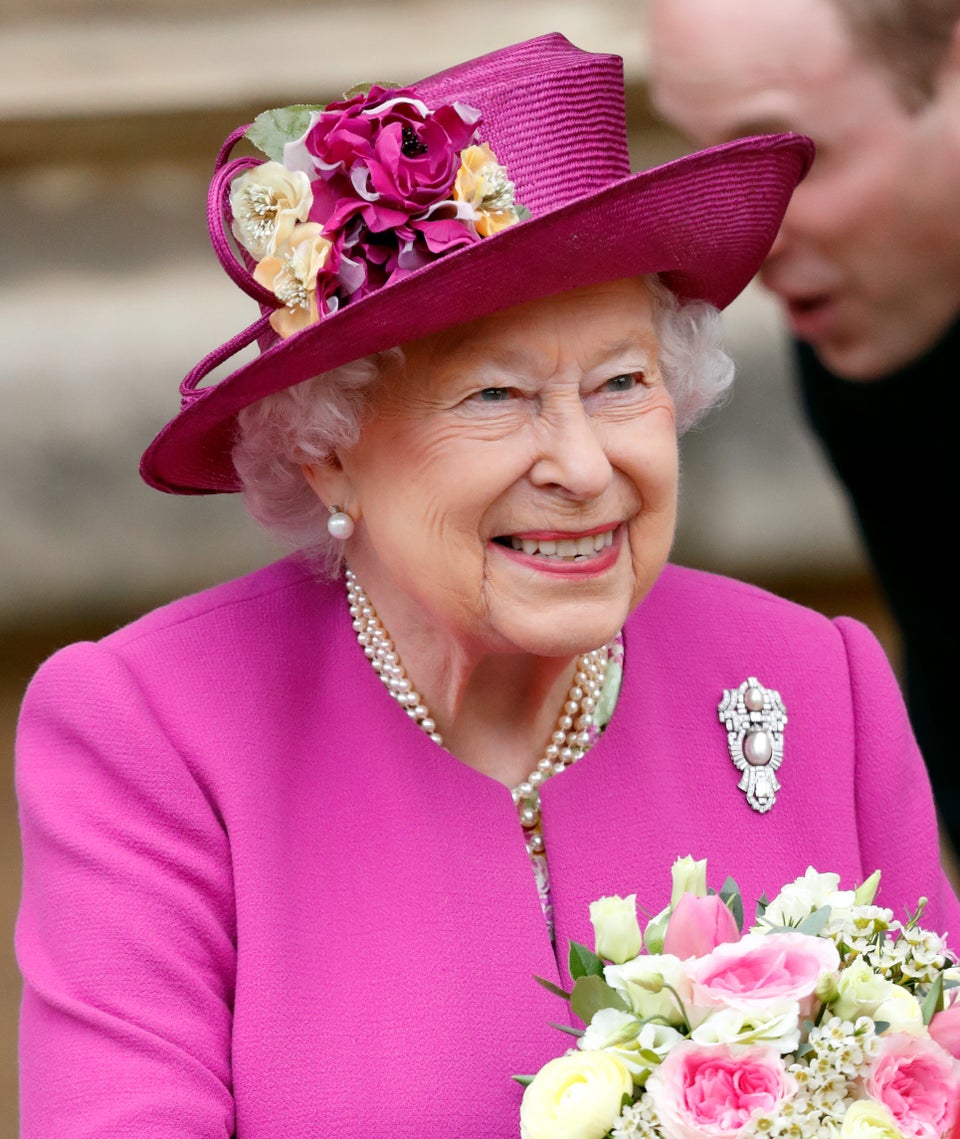
Max Mumby/Indigo via Getty Images
Queen Elizabeth II attends the traditional Easter Sunday service at St. George's Chapel, Windsor Castle, on April 1, 2018.
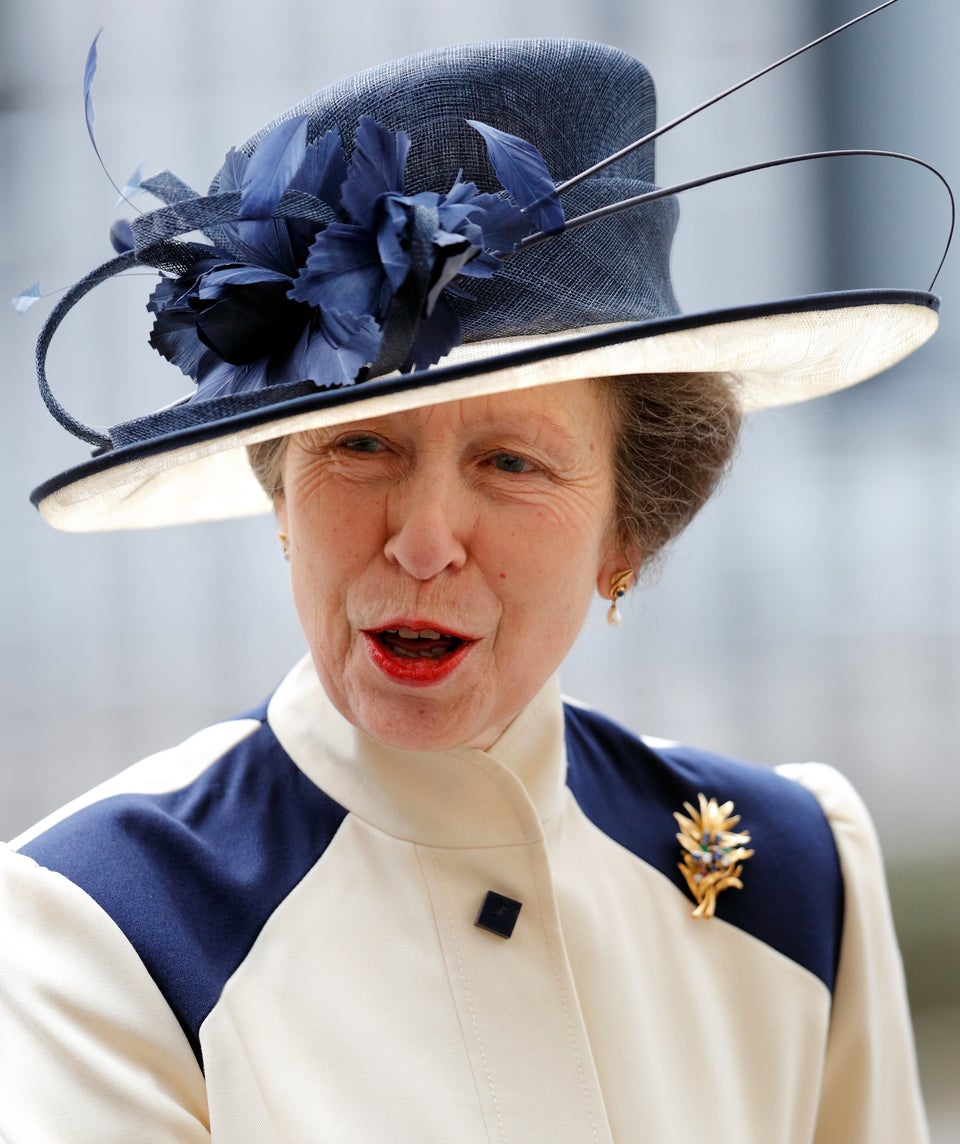
Max Mumby/Indigo via Getty Images
Anne, Princess Royal, attends the 2018 Commonwealth Day service at Westminster Abbey on March 12, 2018, in London.
Popular in the Community
Source: https://www.huffpost.com/entry/fascinators-british-royal-wedding_n_5ae86955e4b02baed1be1c2e
0 Response to "Royal Wedding Woman in Orange Dress With Black Hat"
Post a Comment